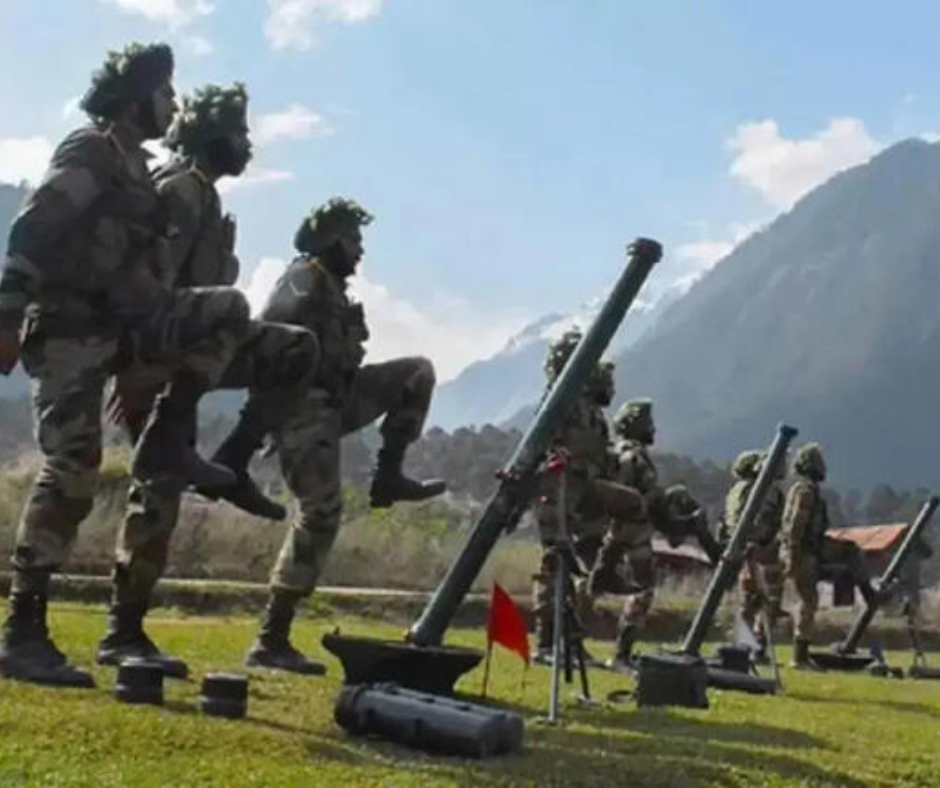
In a major step towards modernizing its structure and readiness, the Indian Army is introducing specialized units named Rudra Brigades and Bhairav Battalions. These formations are designed to make the force more agile, self-reliant, and better prepared for the changing nature of warfare — especially in high-threat regions like the borders with China and Pakistan.
The names — inspired by powerful mythological figures — reflect both the strategic intent and the cultural roots of the formations. The Rudra Brigades are expected to be rapid-response units with multi-domain capabilities, while Bhairav Battalions will reportedly focus on specialized terrain warfare and tech-enabled operations.
What makes these units different from the existing formations is their emphasis on technology integration, intelligence-based planning, and inter-theatre mobility. They will also have access to upgraded equipment, unmanned systems, and modern communication tools to ensure quicker and more coordinated responses in conflict zones.
Military analysts believe that these changes are not just symbolic but indicate a clear shift towards a more modular and responsive military model, similar to what is seen in advanced global defence forces. With regional tensions rising — particularly in eastern Ladakh with China and along the LoC with Pakistan — India’s proactive restructuring sends a clear message.
While officials have not revealed exact deployment plans, it’s expected that the new units will first be introduced in sensitive areas before being expanded across commands in phases.
This move could reshape India’s strategic deterrence in the region, and it’s something neighbours like Pakistan and China will be watching closely.

